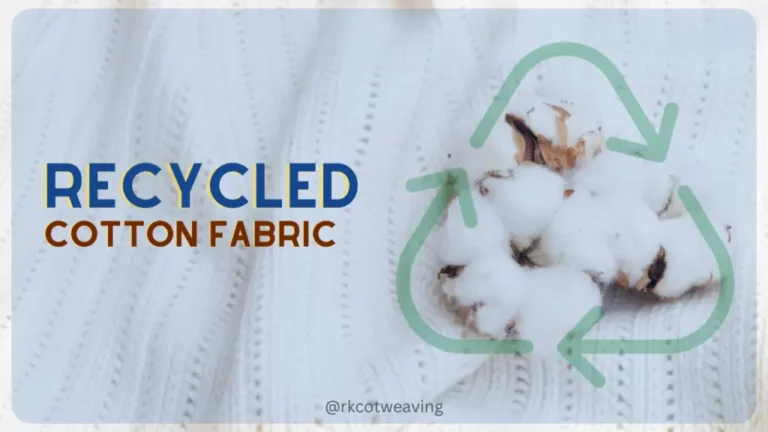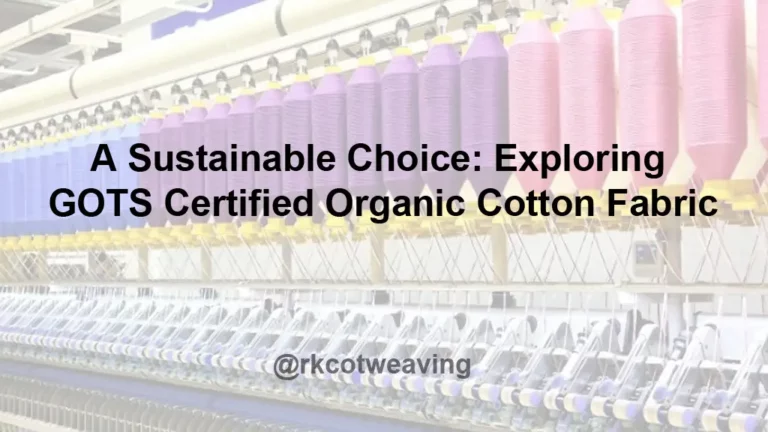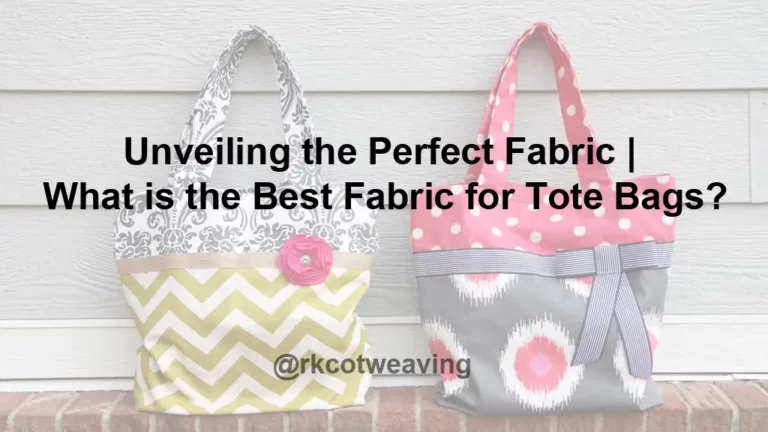Fashion Textile Industry Trends

The fashion textile industry is a complex and diverse industry, which includes a number of different segments, including apparel, fabric, design, and manufacturing. In recent years, the industry has seen a number of significant changes, with the emergence of new technologies, new materials, and a greater emphasis on sustainability and ethical production. This article will provide an overview of the current trends in the fashion textile industry and how they are impacting the industry.
- Sustainable Fibers
The use of sustainable fibers is becoming more prevalent in the textile industry as companies look to reduce their carbon footprint, reduce their water consumption, and lessen their reliance on petroleum-based synthetic materials. In addition, consumers are more likely to purchase goods made with sustainable fibers, as they become more aware of the environmental impacts of their purchases.
This includes materials like bamboo, hemp, and organic cotton, which are becoming increasingly popular for their environmental benefits. Consumers are also looking for products that are ethically sourced, so companies are starting to pay more attention to where their fabrics come from. As the trend continues, the use of sustainable fibers in the textile industry is likely to become more commonplace.
- Digital Printing
Digital printing is another trend that’s becoming more popular in the textile industry. Digital printing technology allows manufacturers to create intricate designs on fabrics quickly and easily. This technology allows for more customization, as designers can create unique patterns and colors that wouldn’t be possible with traditional methods. Digital printing also allows for shorter production times, which can help businesses become more efficient and save money. Digital printing is a method of applying a design to fabric through the use of inkjet technology. This method of printing is much more cost effective than traditional screen printing, as it can be done on a much smaller scale with less waste and less labor required.
It has enabled businesses in the textile industry to produce high-quality prints with a wide variety of color options. Digital printing also eliminates the need for color separations, which can be both time consuming and costly. Additionally, digital printing can produce near-photographic quality images, allowing for a high degree of detail and accuracy.
Digital printing also offers a number of environmental benefits. It requires no water, solvents, or chemicals, which is a major advantage over traditional printing methods. It also produces less waste, as the fabric is only printed where it is needed, and there is no need for excess inks or chemicals. Additionally, digital printing is more energy efficient than traditional methods, as it requires no additional drying or curing processes. As businesses in the textile industry continue to explore digital printing, it is likely that this trend will only continue to grow.
- Smart Textiles
Smart textiles are a growing trend in the textile industry. Smart textiles are textiles that have been designed and engineered to have special properties that can be activated or deactivated in response to environmental conditions, such as temperature, light, or moisture. These textiles are designed with various features that can be used to enhance comfort, protect the wearer from the elements, or even provide medical benefits.
Smart textiles have a wide range of applications, from consumer products such as clothing and bedding, to industrial products such as medical textiles, protective clothing, and military uniforms. For example, smart textiles can be used to create temperature-regulating fabrics, which can help keep the wearer cool in hot weather and warm in cold weather. Smart textiles can also be used to create fabrics that are waterproof, breathable, and flame-resistant. In addition, smart textiles can be used to create fabrics that are embedded with sensors, such as light, humidity, and strain sensors.
As the technology continues to evolve, the possibilities of what smart textiles can do are becoming increasingly vast. As a result, smart textiles are likely to become an even more important part of the textile industry in the future.
- 3D Printing
3D printing is quickly becoming one of the most popular trends in the textile industry. 3D printing, also known as additive manufacturing, is a process where objects are created by depositing material layer by layer. This process has revolutionized the textile industry, allowing for the production of complex shapes, unique designs, and customized products.
The benefits of 3D printing in the textile industry are numerous. One of the biggest advantages is the ability to create complex shapes, which can be used for creating custom apparel, such as shoes, jackets, and bags. This eliminates the need for traditional manufacturing methods, which can be time consuming and expensive. Additionally, 3D printing can reduce production costs and lead times, allowing for faster delivery of goods.
3D printing also allows for the use of unique materials, such as thermoplastics, polymers, and metal alloys. These materials can be used to create garments with unique textures and colors. Additionally, 3D printing can create intricate patterns and designs, which can be used to create unique and stylish apparel.
Overall, 3D printing is quickly becoming one of the most popular trends in the textile industry. With its ability to create complex shapes, unique materials, and customized products, 3D printing is revolutionizing the way we produce and design clothing and apparel. As the technology continues to evolve, we can expect to see more and more companies utilizing 3D printing in their production processes.
Conclusion
These are just a few of the trends that are changing the textile industry. As technology continues to evolve and new materials become available, the industry will continue to evolve as well. Radhey Krishna Cotweaving is committed to creating sustainable products that are safe for both people and the environment. Radhey Krishna Cotweaving use 100% renewable energy and uses only recyclable materials in its pakaging of products and has a track record to recycling every waste cotton while weaving of fabric. The company follows ethical means of production with no harmful chemicals which helps in providing its customers OEKO-TEX certified fabric.
*Disclaimer: The material and information on this website and blogs are provided solely for general information purposes. Author makes no claims about the accuracy or completeness of any information. The same is true for this site or any site reached by following any link on this site. The author cannot be held accountable for any errors or omissions in this information. You should not use the material or information on this website to make any business, legal, or other decisions.








